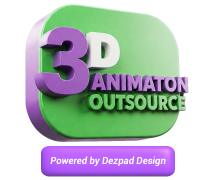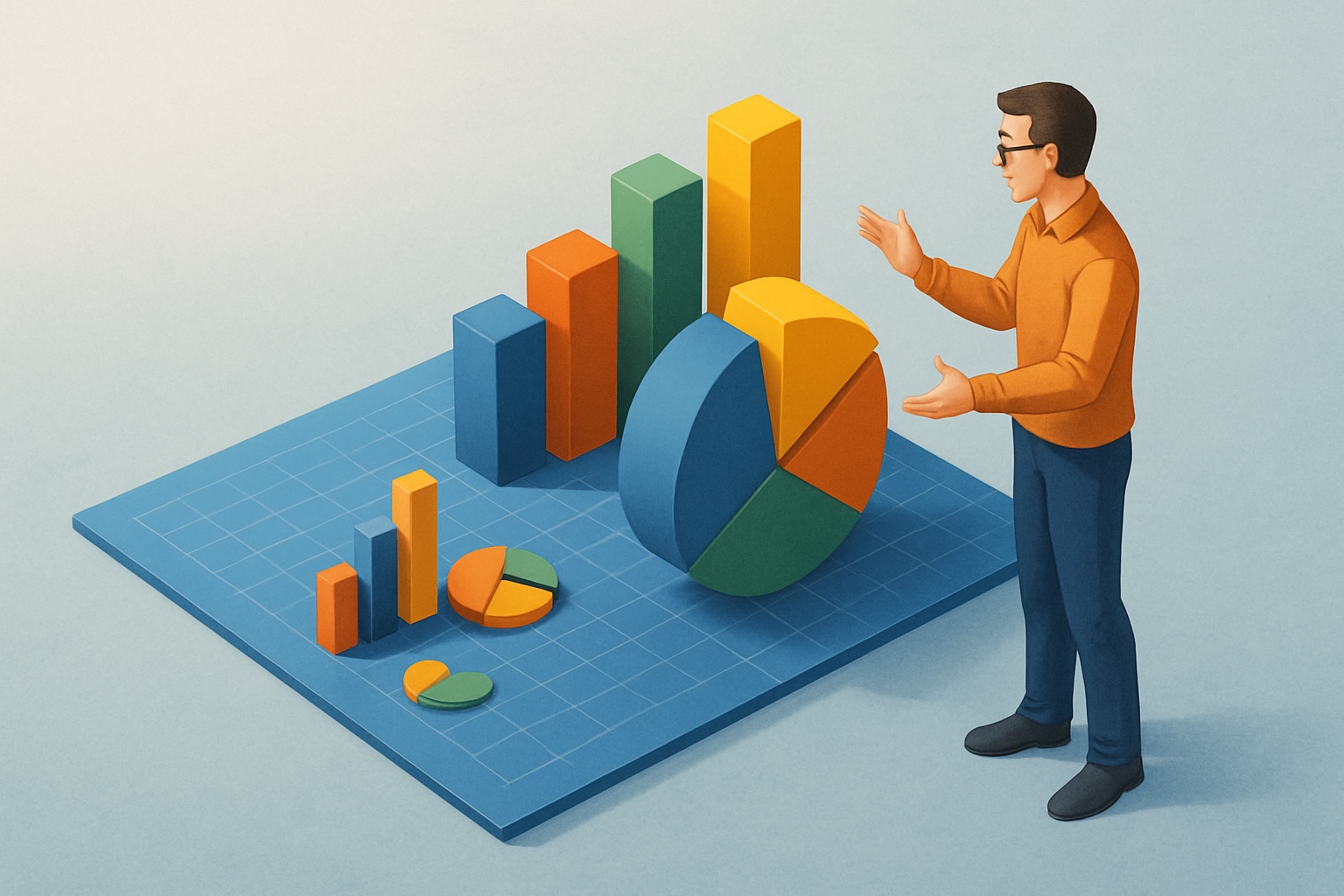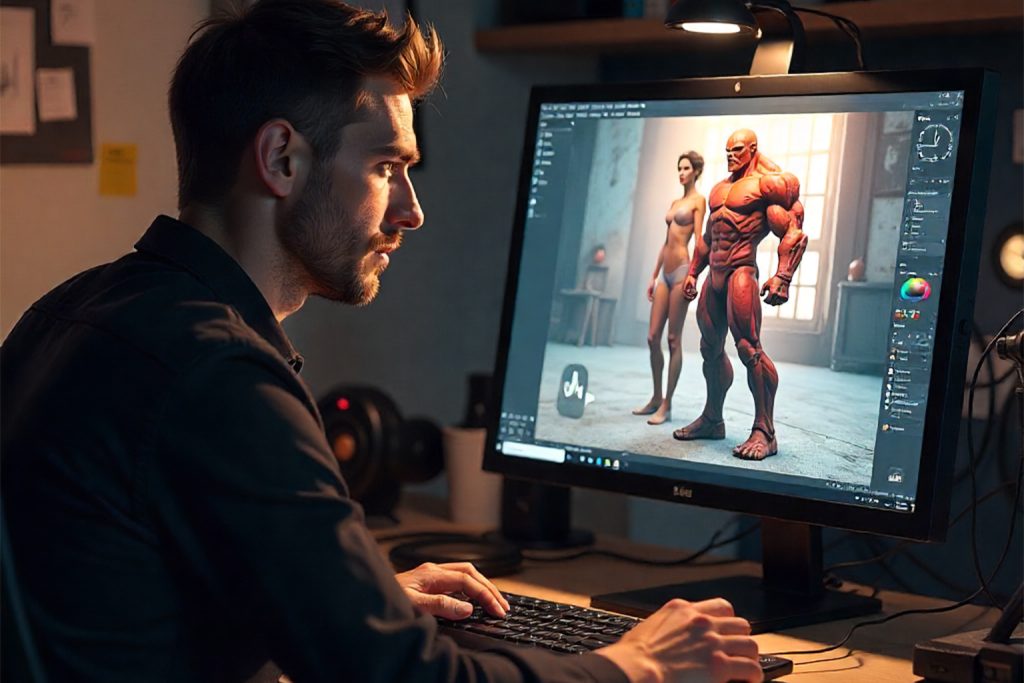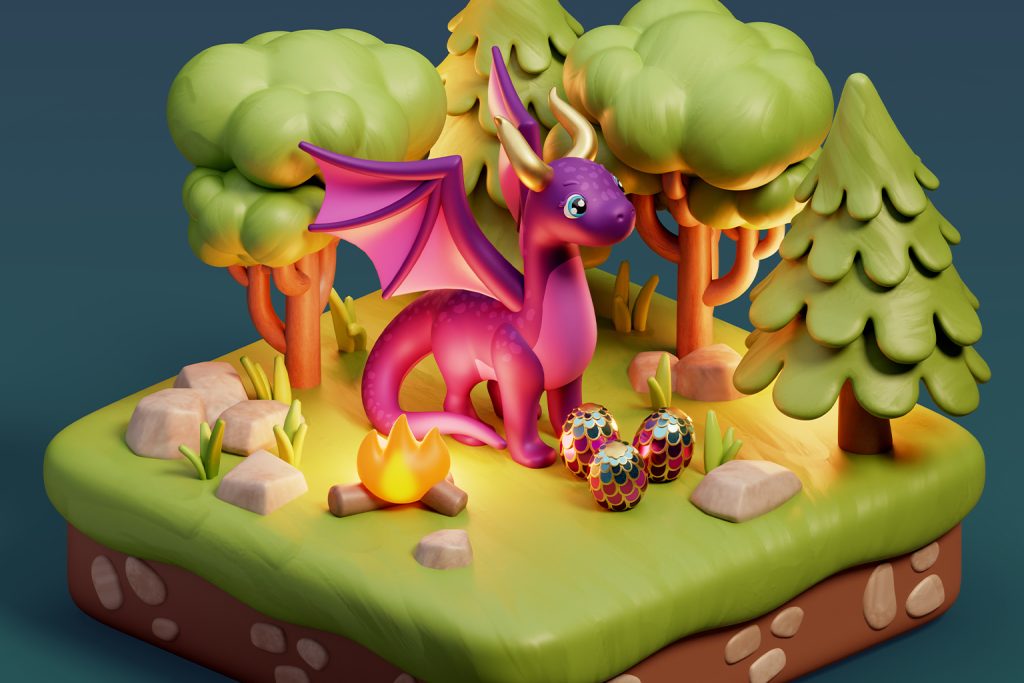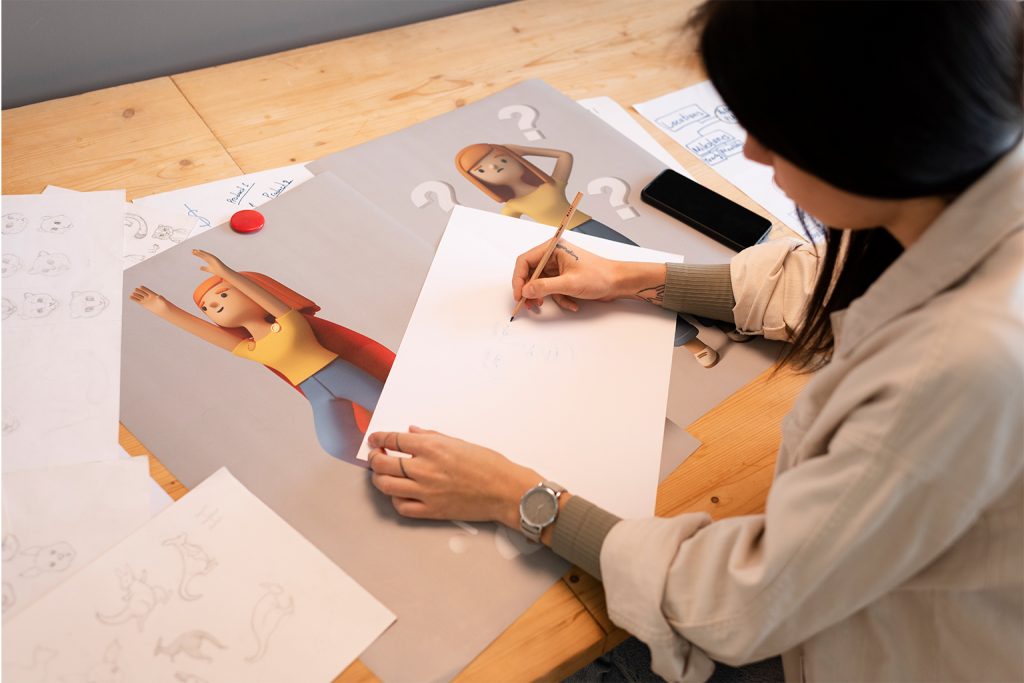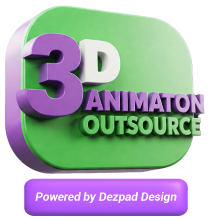There is a lot of information in the life sciences. A lot of information is created every day, from genomic sequences and molecular structures to patient scans and the results of clinical trials. For decades, we’ve used 2D graphics like graphs, charts, and still photos to help us figure out this complicated situation. These flat pictures are very useful, but they don’t always show how complicated biological systems are when it comes to their spatial interactions, dynamic processes, and multi-layered structure.
It’s time to move to a new home. Making 3D models that we can touch and move around with this data is changing the way we learn about, share, and use scientific information. This can help you learn more and have even better experiences in mixed reality environments — a space where Studio Animation 3D technology is becoming increasingly essential.
The Limitations of Flatland: What Conventional 2D Visualisation Cannot Do
There are a series of 2D diagrams that you can use to visualize how a drug molecule fits into a receptor protein, or a flat drawing that will show how the blood vessels deviate. Traditional 2D visualisation methods have certain issues but, nonetheless, they are helpful:
- Lost Space Relationships: Depth, volume and actual three-dimensional form are usually diminished or require much mental effort to reconstruct.
- Static Representation: Static images do not capture the things that occur over a period or require mobility and interaction.
- Oversimplification: Complex datasets with numerous components might be over simplified in order to fit in a 2D plane, thus concealing valuable data or nuances.
- Cognitive Load: People are required to assemble a three dimensional image using numerous two dimensional images that may be complex and difficult.
Such restrictions may complicate the process of studying, learning, and discussing difficult scientific issues with many people.
Why Interactive 3D Models Are a Game-Changer in Life Sciences
It is possible to manipulate and apply 3D models that transform data sets that are difficult to interpret into virtual objects. People can use them more easily than still pictures or passive animated images:
- Actual Spatial Understanding: They make you visualize the ways in which biological structures, ranging in scale from molecules to entire organisms, fit together and connect in three dimensions.
- Dynamic Exploration: Users are able to rotate, zoom, pan or even cut models apart, or they can initiate animations to view processes at any angle. This allows you to learn more practically and individually.
- Multi-Dataset Superposition: In a single 3D model, it is possible to superpose several datasets and alternate between them. These data may consist of drug attachment points, levels of gene expression, and anatomical characteristics.
- Better Engagement and Retention: Interactive 3D models are more fun to learn from because you can touch and move things around. This helps people remember and understand what they learn better.
These benefits are driving 3D Animation Studios and research teams alike to invest more in interactive visuals for the life sciences.
From Raw Data to Interaction: How 3D Models Are Developed
You need to be very good at both science and art to make these strong tools:
- Data Acquisition & Processing: Getting the basic data ready, which can be anything from medical images (MRI, CT), microscope data, genetic or proteomic datasets, or results from computer simulations.
- Accurate 3D Modelling: The process of making 3D designs that are based on data and are scientifically correct.
- Texturing and Visual Refinement: The process of adding realistic colours, textures, and lighting to things to make them look clearer and more appealing.
- Interactivity Programming: Adding things like user controls, data toggles, animations, and other features that make it easier for users to use the app.
- Platform Deployment: Making the model work better and sending it to different platforms, like web browsers, standalone apps, or VR/AR devices that let you see and hear things.
3D Animation Services play a vital role here, helping turn raw, abstract data into immersive experiences that are simple to understand and fun to explore.
Real-World Impact of Interactive 3D Models in Life Sciences
Many different places are seeing the benefits of interactive 3D models:
- Finding and Making New Drugs: How proteins and ligands work together, what therapeutic targets might look like in 3D, and how complicated mechanisms of action work.
- Medical Education & Training: Giving medical students and professionals interactive anatomical atlases, virtual dissection tools, and realistic surgical simulators.
- Patient Communication: Giving doctors the tools they need to show patients complicated medical conditions, surgical procedures, or how a new treatment works in 3D so that they can see and understand them.
- Medical Device Innovation: Giving engineers the tools they need to make prototypes, test them out, and show how easy they are to use.
- Publishing and Scientific Conferences: Researchers can share their results in a more interesting and dynamic way than just using slides and posters.
In Southeast Asia, 3D Studio Animation Malaysia is at the forefront of delivering these innovations for medical education, research visualization, and healthcare communication.
The Next Frontier: Mixed Reality with 3D Models
When you get to the computer, the journey isn’t over. These realistic, moving 3D models are the most important parts of mixed reality scenarios that are even more immersive and easy to understand. Mixed reality (MR) is a mix of augmented reality (AR), which adds digital information to the real world, and virtual reality (VR), which makes fully immersive digital worlds.
Remember:
- Surgeons can use AR to see a 3D model of a patient’s body that they can touch and move around while they are doing surgery.
- Researchers are using a shared VR space to change and study a complicated molecular structure in real time.
- Students are “walking through” a virtual cell to learn about its organelles and how they work in a way that has never been done before.
You can move around, look at data, and have real conversations in these mixed reality settings because the 3D models are interactive. These technologies are no longer just things that people thought up in science fiction. They are becoming more and more useful for learning and discovering new things, thanks to companies like the leading Animation Company in Malaysia.
Conclusion: Embracing a New Dimension of Scientific Understanding
Changing from 2D static data to 3D interactive models is a big change in how we learn about and use science. It’s about moving from just watching to doing things and learning from them. The life sciences community may learn new things, work together more, speed up innovation, and, in the end, get better results if they accept this third dimension.
It’s not just how much data there is that matters; it’s also how deep, dynamic, and how it lets you experience science.
Contact us to explore how immersive 3D animation can elevate your scientific communication, training, or product visualization. Whether you’re in research, education, or healthcare, we’re here to collaborate and bring your ideas to life through innovative visual solutions.
